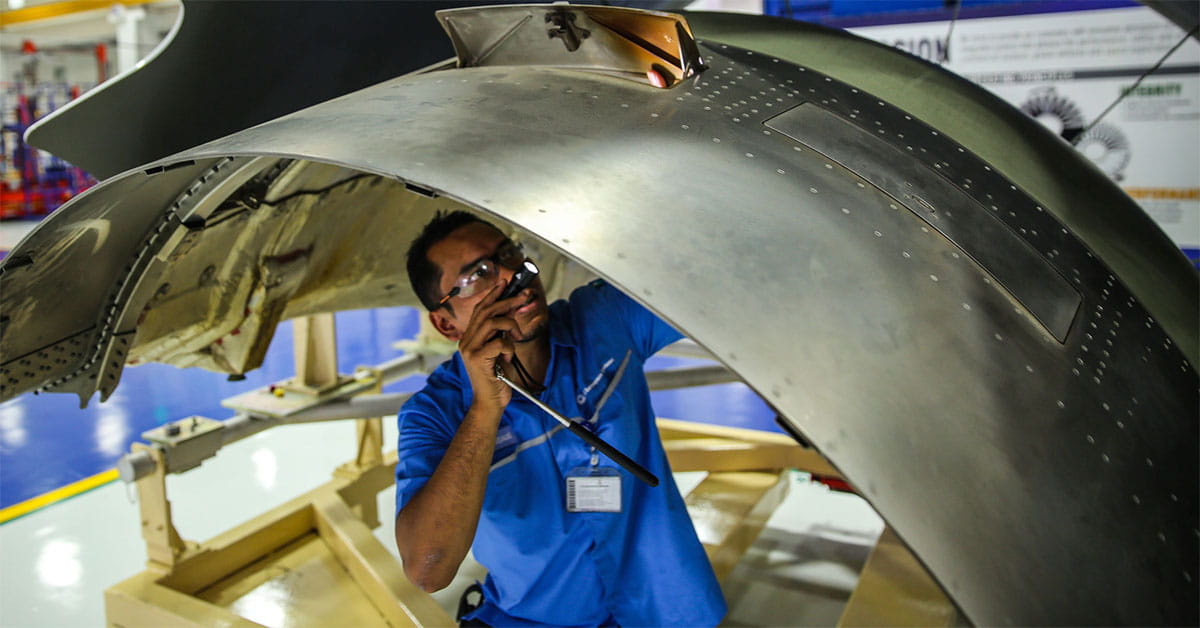I always offer that when I am teaching/evaluating. I used to play around with that when I was flying the simulator on personal time. We can book time for training, particularly landing currency, for instructors only. Time is tight on our simulators these days as our training loads are high, but many years ago, I booked time every month just to fly for my own proficiency. I would come in late in the evening, on a day off and fly.
When exceeding the design parameters of the airplane, you are assuming that the simulator aerodynamic model is correctly extrapolated into that part of the flight regime - and that extrapolation may not be accurate. Still, I think there is value in an experienced pilot trying something that explores the limits of the airplane that they fly. It sharpens your scan, and your feel, for that airplane.
Another example: the two engine go around on the 747-400. With two engines failed on the same side, the airplane can be flown to a good landing, but the flight manual prohibits a go around once the landing gear is extended. Some discussion with the Boeing engineers on the reason for that - and they stated that since it couldn’t be done on the -100 or -200, they never tested it.
So, we played around with it a bit. Being very careful to recognize that the maneuver was still prohibited, so we weren’t teaching it, we were simply exploring the flight envelope.
If you went to full thrust on the remaining two engines, you could level off, but it took a bit of raised wing into the operating engines to control direction, there simply wasn’t enough rudder to manage the yaw. A touch of “raise the dead” from the light piston twin playbook managed the yaw enough to maintain directional control. You could level off, pull up the gear, then get flaps to 5 and it would climb out (at normal landing weight).
Again - prohibited in the flight manual. But trying it out gives you some familiarity with the extremes of the operating envelope, helps you understand your airplane better.

